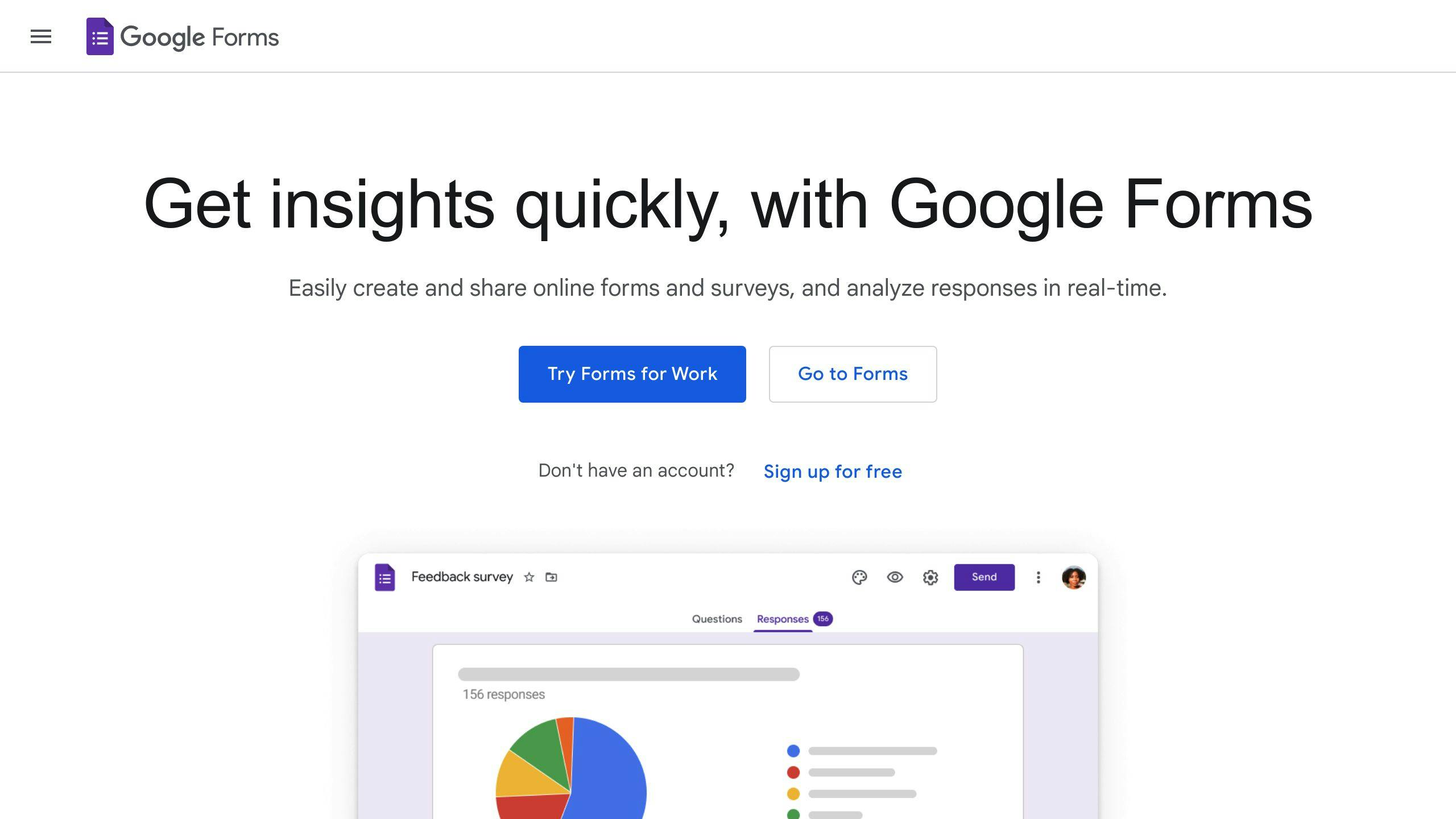Want to boost student learning and engagement? Try these real-time formative assessment strategies:
-
AI-powered tools:
- EssayGrader: Grade essays 95% faster
- Vevox: Create interactive Q&As and polls
-
Quick techniques:
- Exit tickets: 2-minute feedback at lesson's end
- Hand signals: Gauge understanding at a glance
-
Digital strategies:
- Kahoot!: Turn quizzes into fun games
- Google Forms: Create versatile assessments
Why use these?
- Instant feedback on student understanding
- Lets you adjust teaching on the spot
- Boosts student confidence and motivation
Start small. Try one or two methods, then add more as you get comfortable. The key is using these regularly to guide your teaching and help students learn better.
AI-Powered Tools
AI is changing how teachers track student progress. Let's look at two tools shaking up formative assessment:
EssayGrader: Quick Essay Evaluation
EssayGrader is an AI tool that's speeding up essay grading. Teachers can now grade an essay in 30 seconds instead of 10 minutes. That's 95% faster!
But it's not just about speed. EssayGrader gives consistent feedback and fair evaluations. It helps teachers spot where students need extra help. With 60,000 educators using it worldwide, it's clear that AI is making a big impact.
Vevox: Live Engagement and Insights
Vevox takes interactive learning up a notch. This AI tool lets teachers create Q&A sessions, polls, and quizzes on the spot. But here's the cool part: Vevox's AI gives teachers instant insights into what students understand.
Think about tweaking your lesson based on live feedback. That's what Vevox does. It's not just asking questions; it's using that data to make quick, meaningful changes to your teaching.
These AI tools aren't just fancy gadgets. They're practical helpers that can change how we assess and respond to student needs in real-time. As Matthew Rhoads, an EdTech Trainer and Coach, says:
"These AI tools are not just flashy tools to impress us with their technological prowess; they are practical aids and even co-teachers and co-pilots, when used judiciously, can transform the teaching and learning experience for both teachers and students."
2. Quick Techniques
Let's look at two fast, effective ways to check student progress on the fly:
Exit Tickets: 2-Minute Feedback Boost
Exit tickets are a quick win for understanding what students learned. Here's the deal:
As class wraps up, have students answer 1-2 questions about the day's main points. Try these:
- "What's the big takeaway from today?"
- "What's still fuzzy for you?"
This speedy check tells you what clicked and what didn't. Sarah Dougherty, who coordinates Visual Arts Curriculum, says:
"These ideas are a great start to conducting formative assessments in your classroom."
Use what you learn to fine-tune your next lesson.
Signal It: Confidence at a Glance
Want to see how well students get a concept? Try this:
Ask students to show their understanding with hand signals:
- Thumbs up: "Got it, can explain it"
- Hand wave: "Kind of get it"
- Thumbs down: "Totally lost"
This gives you a quick visual of how the class is doing. It's great for spotting topics that need more time before moving on.
Both methods are quick, easy, and give you real-time info on student progress. They're perfect for tweaking your teaching on the spot, making sure everyone's keeping up.
sbb-itb-bb2be89
3. Digital Strategies
The digital age has changed how we track student progress. Let's look at two digital tools that can shake up your classroom:
Kahoot!: Making Quizzes Fun
Kahoot! turns boring quizzes into exciting games. It's free, and students can play on their phones or computers. Here's why it's cool:
- You see how students are doing right away
- Students love the game-like setup
- You can use it for quick checks, test prep, or introducing new stuff
Sarah Johnson, who teaches middle school science, says:
"After I started using Kahoot!, 30% more students joined in. I can tweak my teaching on the spot because I know right away what they get and what they don't."
Google Forms: Your Swiss Army Knife for Assessments

Google Forms lets you make all kinds of assessments. It's like a Swiss Army knife for checking what students know:
- It does the number crunching for you
- You can make different types of questions
- Students can use it on any device with internet
Emily Gustafsson-Wright, who studies education, points out:
"Having access to real-time data from classrooms is key to fixing the big learning problems kids face today."
These tools help you keep tabs on how your students are doing without waiting for big tests. They make learning more fun and help you teach better, right when it matters.
Conclusion
Formative assessment changes the game in education. It gives teachers real-time insights into how students are doing. By using these strategies, teachers can create classrooms that respond better to student needs.
Tools like EssayGrader and Vevox are changing how we track what students understand. They're not just fancy gadgets - they're practical helpers that can make teaching and learning better.
Quick methods like exit tickets and hand signals give instant feedback. This lets teachers tweak their approach right away. Sarah Dougherty, who coordinates Visual Arts Curriculum, says:
"These ideas are a great start to conducting formative assessments in your classroom."
Digital tools like Kahoot! and Google Forms make assessment more fun and efficient. They're not just games - they're powerful ways to gather useful information.
The main goal? To help students learn better. Denise Desmond, an English Teacher, puts it this way:
"Establishing quick and easy checks for understanding - whether in-class or online - has been invaluable as a way to identify what students need and how they need it."
Using these formative assessment ideas creates a feedback loop that helps students grow. It's about seeing how learning happens, fixing problems early, and helping students take charge of their own education.
Start small. Try one or two strategies in your teaching. As you get comfortable, add more. The key is to use these methods regularly and use what you learn to guide your teaching.


